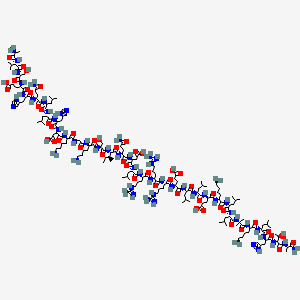In continuation of my update on Liraglutide
Understanding the motivations that drive humans to eat is an important consideration in the development of weight loss therapies. Now a study led by researchers at Beth Israel Deaconess Medical Center (BIDMC) helps explain how the diabetes and weight loss drug liraglutide acts on brain receptors to make enticing foods seems less desirable. The findings were recently presented at ENDO 2016, the annual meeting of the Endocrine Society, and will appear in the May issue of the journal Diabetologia.
"We know that everything that controls our body weight and metabolism is integrated by the brain," said senior author Christos S. Mantzoros, MD, Director of the Human Nutrition Unit in the Division of Endocrinology, Diabetes and Metabolism at BIDMC and Professor of Medicine at Harvard Medical School. "This includes both internal stimuli such as hormones and stress, and external stimuli, such as the smell and appearance of enticing foods."
The Mantzoros laboratory has been studying the differences in the brain activity of individuals who are overweight and individuals of normal weight when they are exposed to desirable foods. These differences are quantified through computer-based neurocognitive testing, as well as imaging tests using fMRI (functional magnetic resonance imaging) to observe alterations in the activity of specific brain areas.
In this new work, the researchers examined the glucagon-like peptide (GLP) hormone, which is secreted by the gastrointestinal tract to regulate metabolism. They also examined the drug liraglutide, which is an analog, or mimicker, of the GLP hormone.
Liraglutide prolongs the action of GLP-1 receptors (protein molecules that respond to the GLP hormone's signal) and is known to work through the digestive tract and the pancreas. Previous animal studies had shown that GLP-1 may also act on the brain, but this had not been confirmed in humans.

Liraglutide drug makes highly desirable foods less appealing to people: Understanding the motivations that drive humans to eat is an important consideration in the development of weight loss therapies. Now a study led by researchers at Beth Israel Deaconess Medical Center helps explain how the diabetes and weight loss drug liraglutide acts on brain receptors to make enticing foods seems less desirable.











